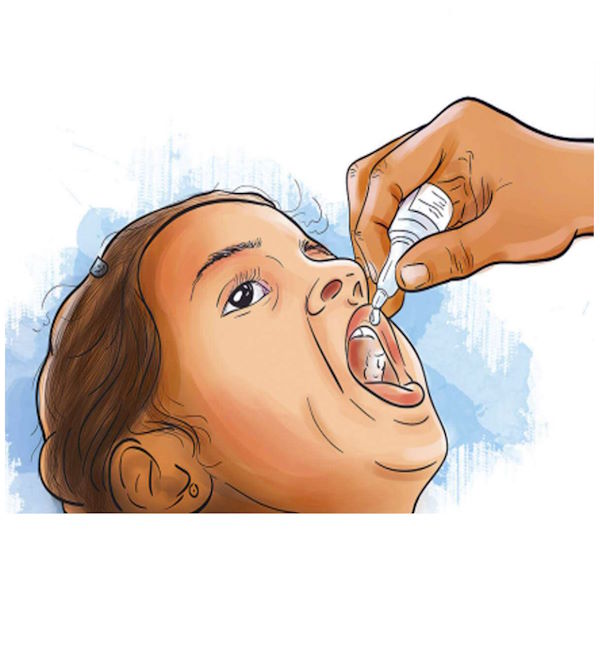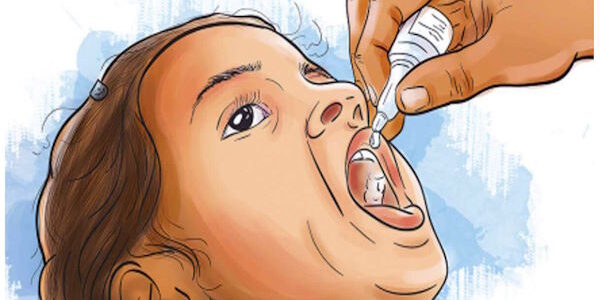Authors: Shubham Mudgil and Mayank Mishra
Published: January 10, 2023 in Hindustan Times

The polio virus unexpectedly resurfaced in 2022 in many “polio-free” countries, like the US, UK, and Israel. A country is called “polio-free” when no case of wild polio transmission is detected for 3 consecutive years in the presence of high-quality surveillance systems. This is a cause for concern because 68 countries witnessed moderate-to-severe disruptions in polio vaccine campaigns due to COVID-19, with some countries completely halting their polio inoculation programmes, according to a 2020 WHO report. India, which was declared “polio-free” in 2014, should share the concern because different regions within India show wide disparity in polio vaccination coverage.
What are the places that lag in this coverage? Unit-level data from the National Family Health Survey (NFHS) conducted in 2019-21, which was fully published in May 2022, allows us to check this at the district-level. However, since political representatives represent parliamentary or state assembly constituencies, it might be useful to study polio vaccination coverage in those regions. Estimates for parliamentary constituencies (PC) generated by the Geographic Insights Lab at Harvard University using NFHS data allow us to do that.
Click here to read the Data Story
Shubham Mudgil is Associate, Public Policy and Mayank Mishra is Manager, Public Policy at The Quantum Hub.
